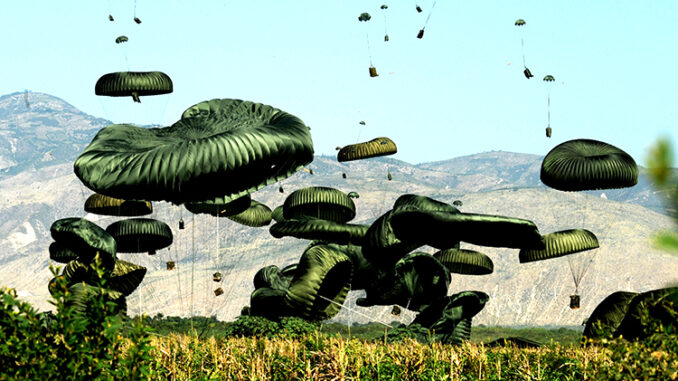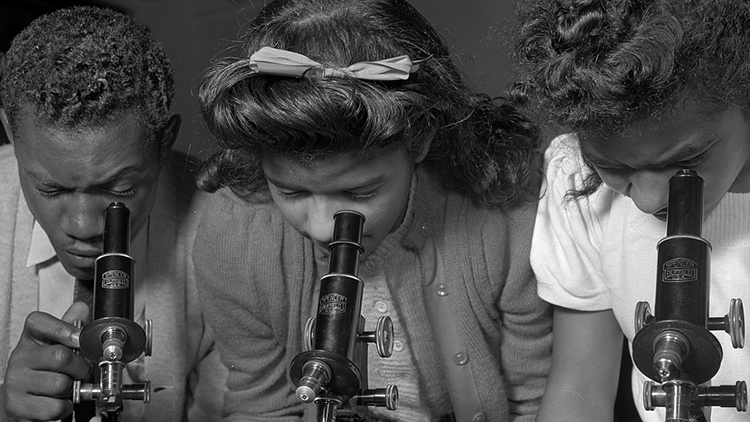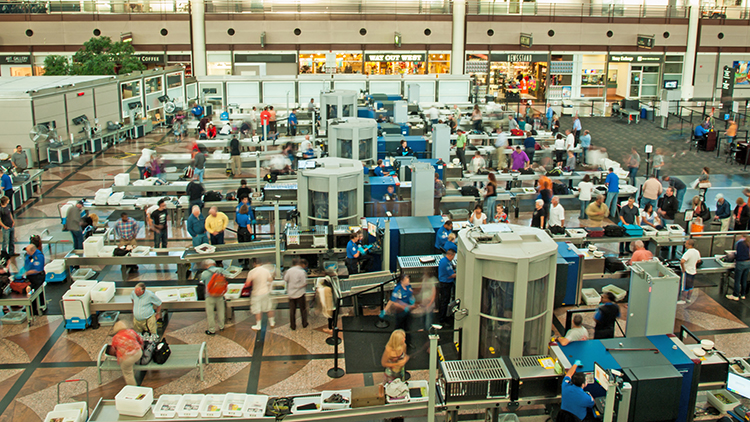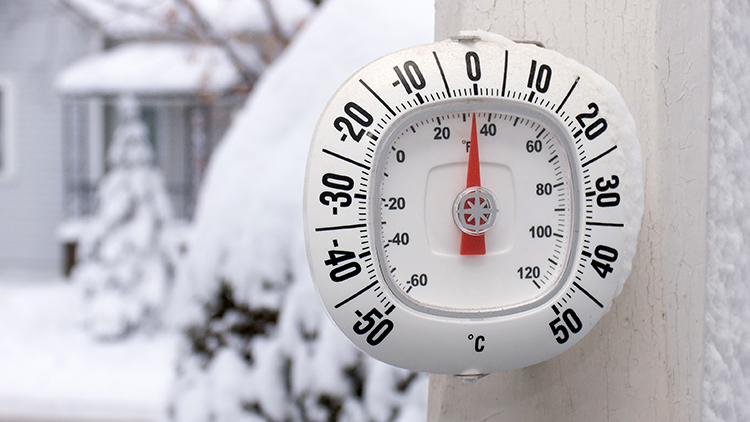
When a devastating earthquake hit Turkey and Syria, it left many people without food, water, and shelter. It also damaged roads and transportation routes. This made it difficult to get supplies to people that badly needed it. In Syria, there was another problem with getting people the aid they needed. Many of them were in a war zone.
Syria has been involved in a civil war for over a decade. The Northwest area of Syria is controlled by a rebel group. Their border with Turkey is tightly controlled. There was only one relief corridor, or place that aid workers could enter Syria. This made it very difficult to get supplies to people who need them. The United Nations has negotiated with the Syrian and Turkish governments. They are opening more areas of the border for people to bring emergency supplies.
This is just one example of how the international community works together to help each other in times of need. The United States has sent over $100 million dollars to Turkey and Syria for earthquake relief. The United States helps by doing more than just giving money when disasters strike. It provides equipment and support. Often it mobilizes military vehicles such as freight airplanes or even aircraft carriers to get supplies to people who need them.
Nations often provide support and supplies for each other when disasters occur. Another recent disaster, a cyclone that brought massive flooding has devastated some areas of New Zealand. New Zealand initially refused aid from other countries. However, as the emergency got worse, they allowed Australia to send emergency relief experts to help. Now, they have started to accept help from the United States and the United Nations.
What Can You Do Talk to local leaders about how your community helps other communities during disasters. Ask about ways to help.
Photo Credit: DoD photo by Tech. Sgt. James L. Harper Jr., U.S. Air Force



